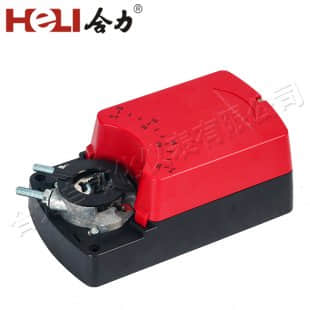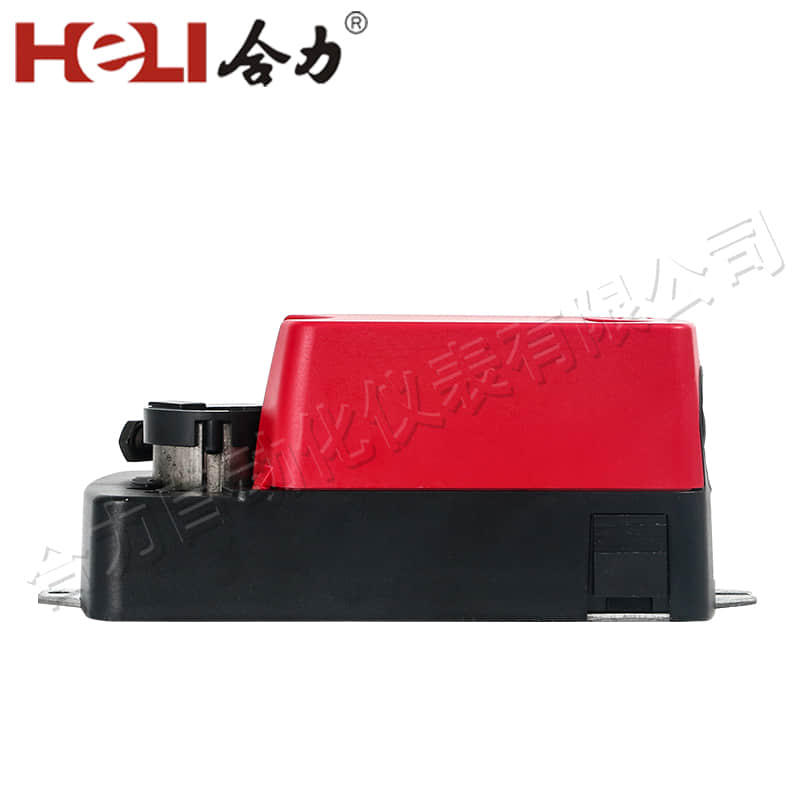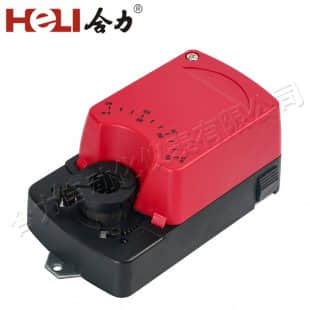understanding damper actuators: mechanisms, applications, and benefits
Release time:2024-12-14 04:33:29
Damper actuators are essential components in various mechanical systems, primarily used to regulate airflow and control temperature within heating, ventilation, and air conditioning (HVAC) systems. Their functionality and effectiveness play a significant role in enhancing energy efficiency, improving comfort, and ensuring optimal performance in buildings. This article delves into the mechanics of damper actuators, their applications, and the benefits they offer in modern systems.

What is a Damper Actuator?

A damper actuator is a device that automates the operation of dampers, which are movable plates or blades that control the flow of air in duct systems. These actuators are typically driven by electric motors or pneumatic systems and are responsible for adjusting the position of the damper based on control signals from a building management system (BMS) or an HVAC controller. By opening or closing the damper, the actuator regulates the volume of air entering or leaving a space, thereby contributing to temperature control and indoor air quality. Mechanisms of Damper Actuators




